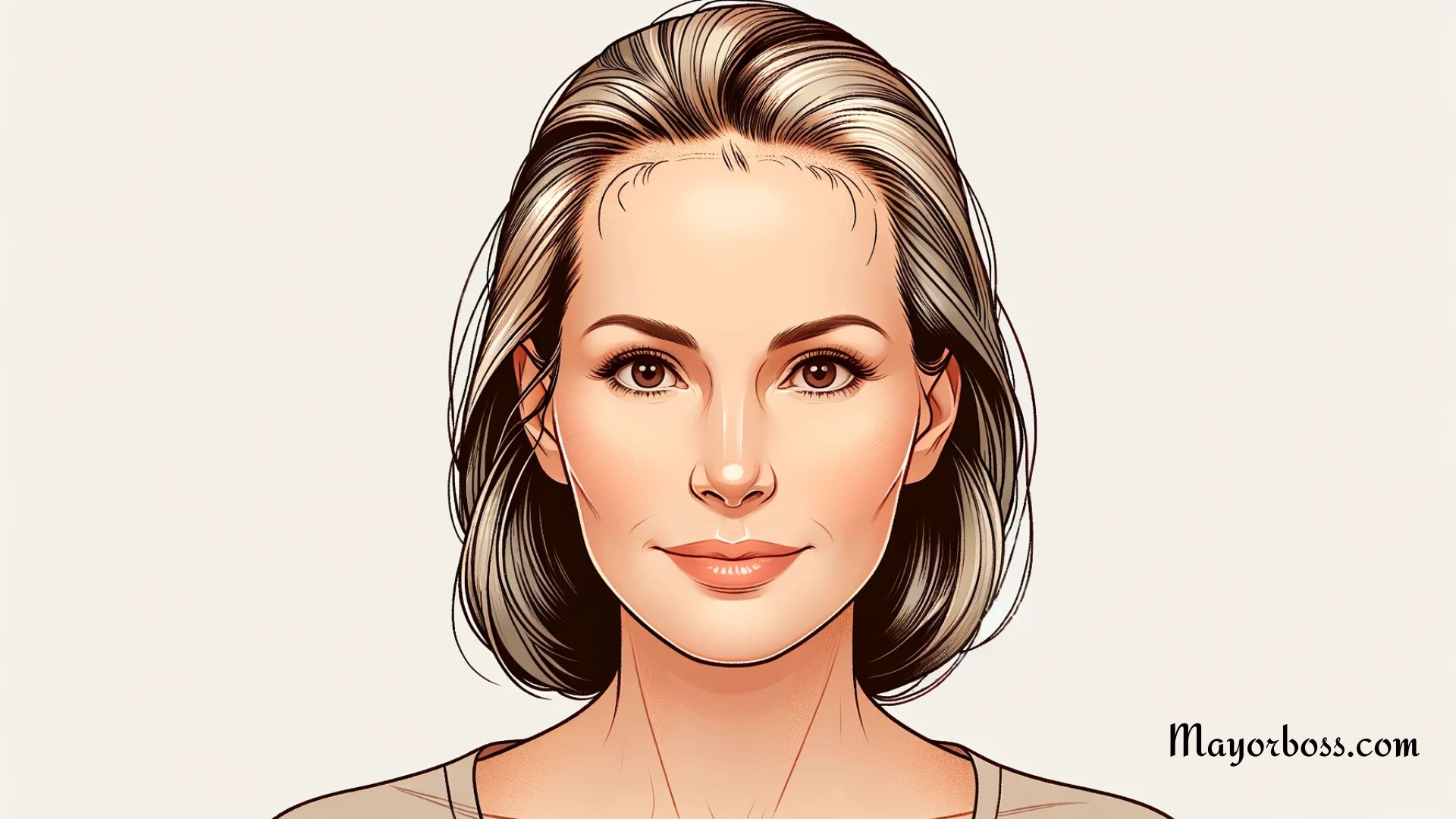How to Treat Female Pattern Hair Loss
Experiencing hair loss can be a distressing event, particularly for women. It’s not just about losing hair but often about losing a part of what many feel defines their appearance and femininity. Generally, the most expected form of hair loss in women is named androgenetic alopecia, or female pattern hair loss. Various treatment options are available.

What is Androgenetic Alopecia?
Androgenetic alopecia is a condition where hormones known as androgens, play a crucial role. Although androgens are typically associated with male sexual development, they’re also important in females for various functions like sex drive and hair growth regulation. This condition can be inherited, meaning it runs in families, or it could result from an underlying hormonal imbalance, such as an overproduction of androgens.
How Does it Affect Women?
In women, this type of hair loss usually starts with thinning along the part line, followed by more widespread hair loss radiating from the top of the head. Unlike men, women typically don’t see a receding hairline or go completely bald, but they might experience significant thinning of hair.
Treatment for Female Pattern Hair Loss
Minoxidil (Rogaine)
How it Works
Minoxidil, generally known by its brand name, Rogaine, was initially a high-blood pressure medication. Users noticed hair growth as a side effect, leading to its use as a hair loss treatment. Applied directly to the scalp, minoxidil can encourage hair growth.
Application Tips
- Ensure your hair and scalp are dry before application.
- Apply twice daily using the provided dropper or spray pump.
- Massage gently into the scalp to help the solution reach hair follicles.
- Allow your hair to air-dry, and avoid washing it for at least four hours after application.
Possible Side Effects
While minoxidil is generally safe, it can cause skin irritation, often due to the alcohol in the solution. Sometimes, new hair might differ in color or texture. There’s also a risk of unwanted hair growth in areas like the cheeks or forehead, especially with the stronger 5% solution.
Anti-Androgens
For some women, especially those with conditions like polycystic ovary syndrome (PCOS), anti-androgen medications like spironolactone (Aldactone) can be effective. These medications work by blocking the effects of androgens, which are known to accelerate hair loss.
Considerations
It’s important for women taking anti-androgens to use contraception, as these medications can harm a developing male fetus. Side effects may include weight gain, loss of libido, and fatigue.
Iron Supplements
When Iron is Necessary
If your hair loss is due to iron deficiency, as determined by blood tests, iron supplements can help. This is particularly relevant if you have a history of anemia or heavy menstrual bleeding.
Caution with Iron
However, if your iron levels are normal, extra iron won’t help your hair loss and could lead to other issues like stomach upset and constipation.
Hair Transplantation
Hair transplantation has evolved significantly. Today, surgeons use follicular unit transplantation, where they transplant tiny grafts containing a few hairs each. This method creates a more natural look compared to older techniques.
Procedure Overview
In this procedure, a strip of scalp is removed, typically from the back of the head, and divided into hundreds of small grafts. These grafts are then implanted into areas of hair loss, mimicking the natural growth pattern of hair.
Things to Consider
Hair transplantation is a more invasive treatment and can be expensive. It’s usually considered when other treatments haven’t been effective.
Final Thoughts
Hair loss in women, particularly androgenetic alopecia, can be challenging both emotionally and physically. However, there are several treatment options available, ranging from topical applications like minoxidil to more intensive procedures like hair transplantation. It’s crucial to consult with a healthcare provider to decide the most suitable treatment based on your specific condition and medical history. Managing hair loss is a journey, and it’s essential to have realistic expectations and patience with the treatment process.
Further Reading: Causes of Hair Loss and When to See a Doctor
